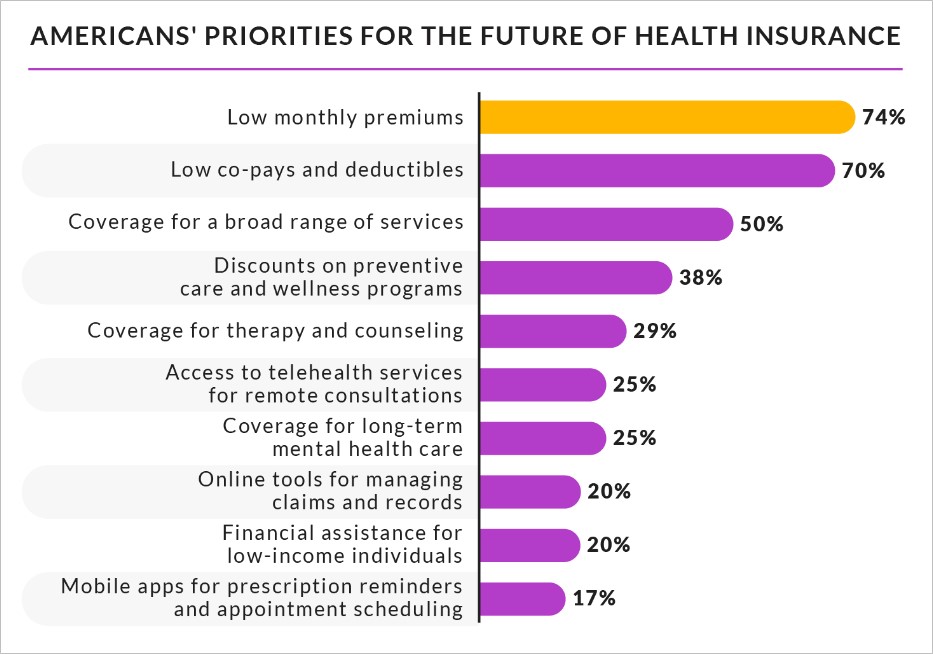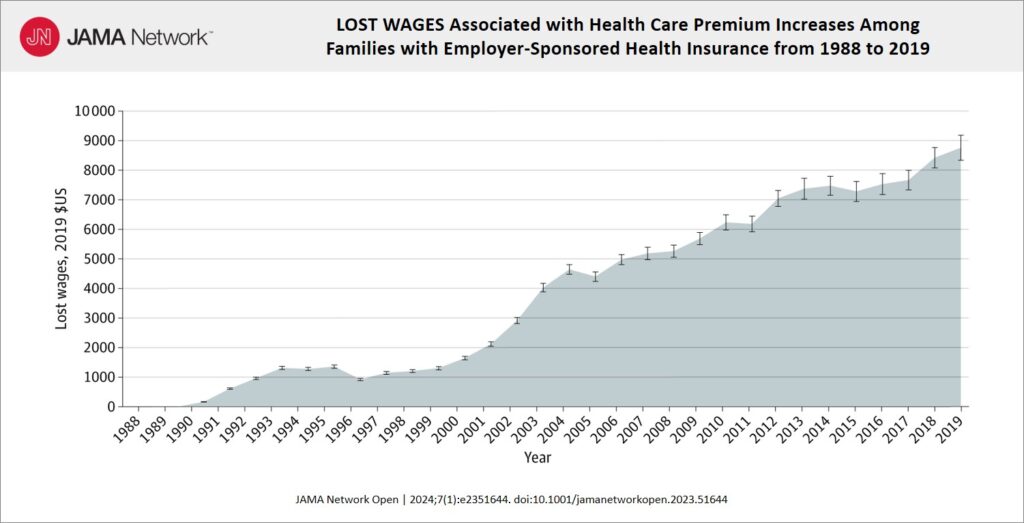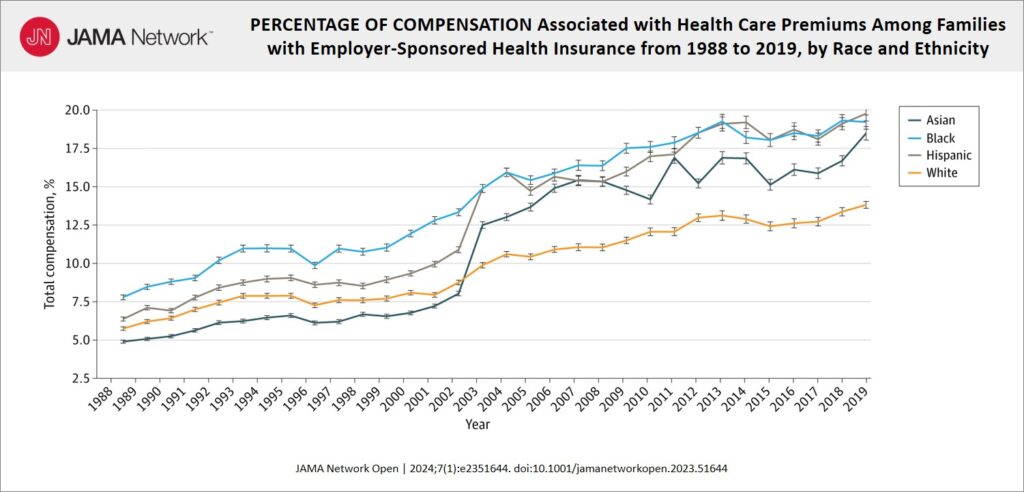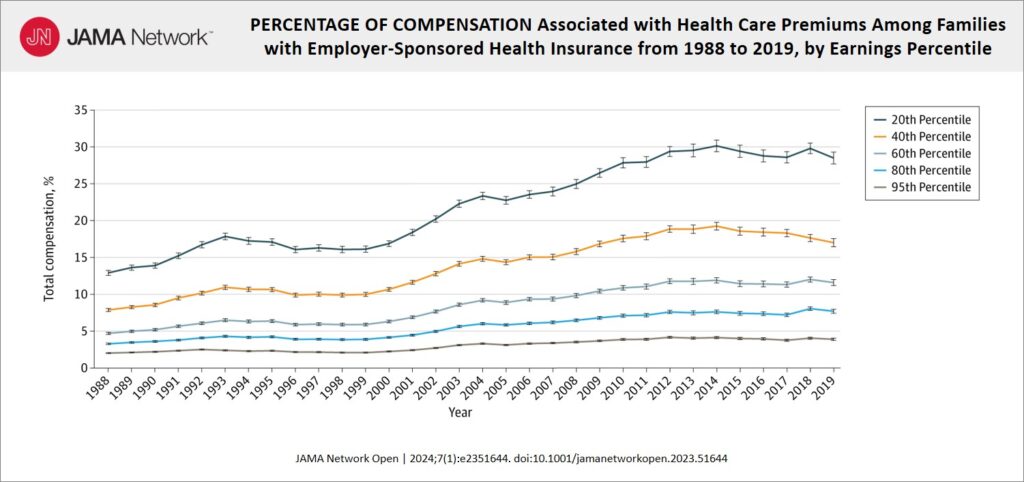Stampede for New Weight Loss Drugs Can Bankrupt Your Health Plan
A comprehensive, member-focused prescription drug plan provides access to the most clinically effective medications at the lowest net cost. How can employers meet demands for costly semaglutide and other heavily-promoted GLP-1 drugs while balancing fiduciary responsibilities and member health?
The key is staying current on unbiased medical research before expanding a prescription drug plan formulary to include the growing number of diabetes and weight loss medications in this wildly popular new class of drugs.
Sixty percent of health systems surveyed want more “real world results” on a drug’s efficacy from sources other than pharmaceutical manufacturers. Employers should expect the same.
Long-Term Results Are Inconclusive
Emerging results are mixed, at best. What we know so far is that these drugs are too costly for most plans and patients, are over-prescribed based on consumer demand, and often do not live up to their promises. Employers should consider just how revolutionary these drugs are before moving forward.
- Weight loss varies by individual. Some lose a great deal of weight; others lose less or none at all. It’s also important to note that GLP-1 drugs do not work alone. Their effectiveness requires a concurrent commitment to exercising and eating healthy foods in smaller portions.
- GLP-1 inhibitors do not reverse diabetes. They simply manage it, just like many safer and less expensive medications. Long-term remission can only be achieved through weight loss and permanent lifestyle and dietary changes. While Ozempic can help with weight loss, this two-pronged approach is essential for reversing diabetes.
- Patients routinely experience serious side effects… from “Ozempic face” and persistent gastrointestinal problems to headache, fatigue, and retinopathy. A large study revealed that nearly 17% of patients taking semaglutide, the active ingredient in Ozempic and Wegovy, discontinued the medication because of side effects. Patients need to evaluate the long-term impact of these side effects on their overall health.
- To maintain weight loss and mitigate (but not reverse) diabetes, GLP-1 medications require “lifelong use to maintain their effectiveness” while prolonging their side effects. Stopping drug therapy reverses many benefits that may have been realized and sometimes exacerbates the original condition.
- These drugs are being used to treat a growing number of “off-label” conditions, including substance abuse disorders and cardiac health. Although results are promising, more research into long-term safety and effectiveness is needed before GLP-1s are widely prescribed for these conditions.
How Employers Can Support Member Health
Continued peer-reviewed research into this new class of drugs is needed to determine long-term cost effectiveness, side effects, and safety. Until then, proven alternatives to GLP-1s are and have been readily available to support members’ health and weight loss needs.
- The “original” weight loss medications, which have been in use for the last 10-20 years, continue to be a viable alternative for many patients. These widely available drugs produce, on average, half the weight loss at less than 1/30th the price.
- Bariatric surgery has significantly fewer side effects and superior long-term results for both weight loss and diabetes remission. Bariatric surgeon, Dr. Mir Ali, says that for those who meet the criteria, bariatric surgery “has the highest success rate for weight loss and long-term remission of many medical conditions.”
- Endoscopic sleeve gastroplasty (ESG) is a one-day procedure that works well for almost everyone. Over a 5-year period, ESG sustained greater weight loss than semaglutide at a significantly lower cost ($33,583 less).
Employers should be offering modern health and prescription drug plans that include appropriate exclusions and authorization triage protocols to control cost and ensure that these medications, if used, are for the right patient, for the right reason, for the correct intended outcome, and at the right cost.















